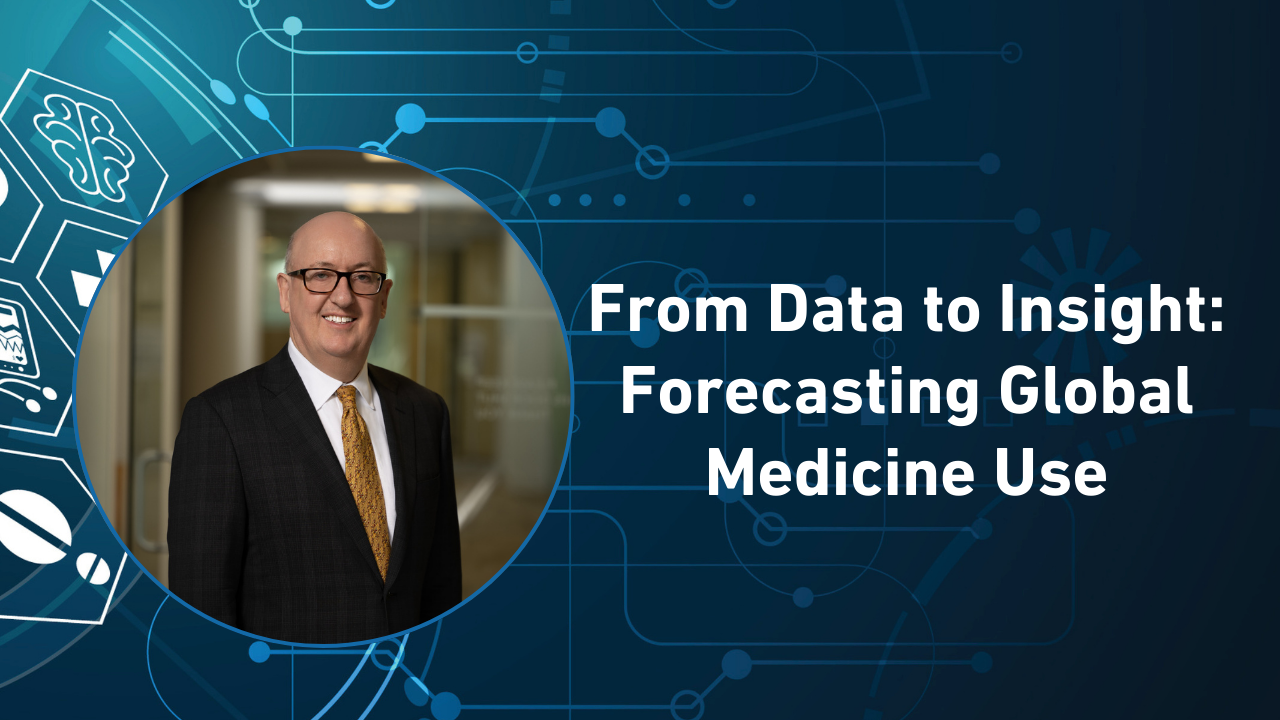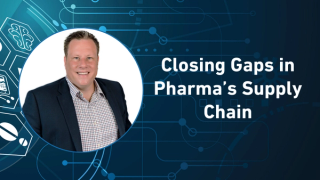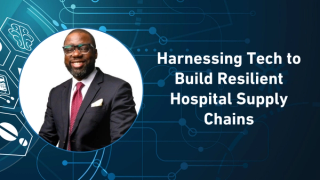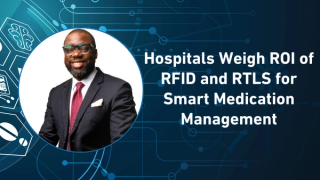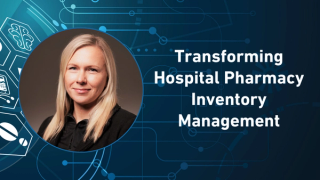
Data & Technology
Latest News
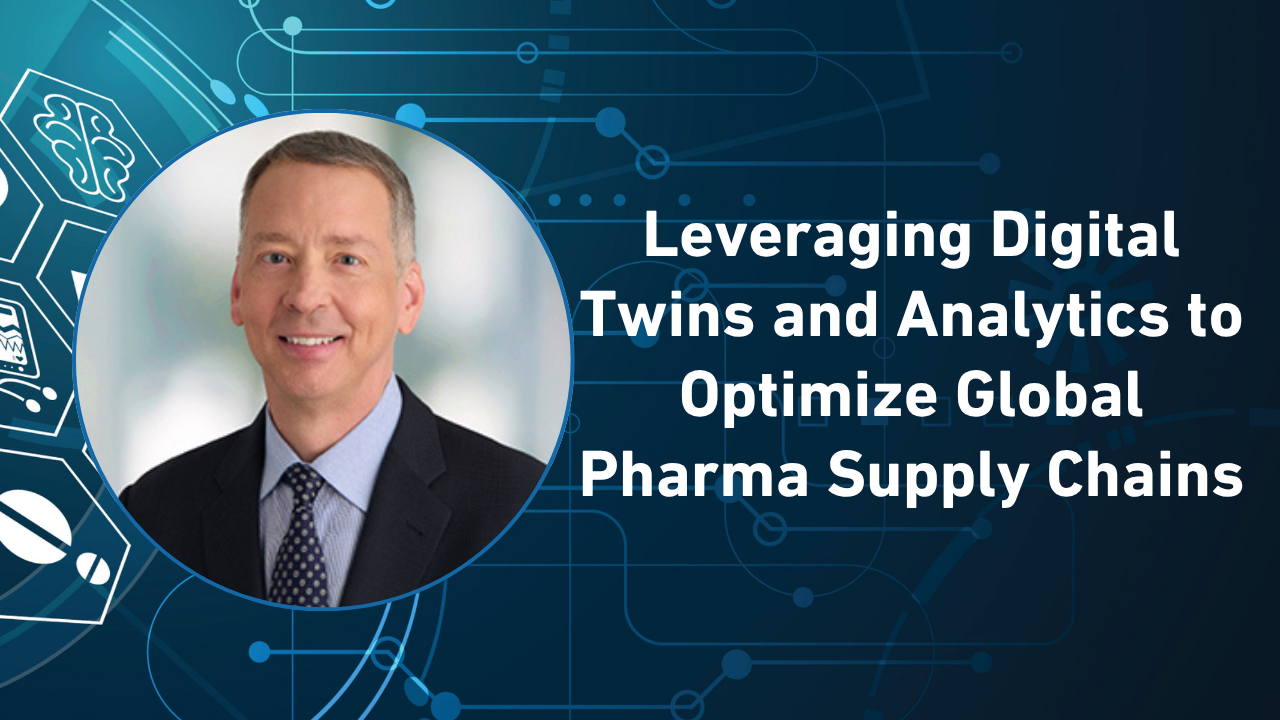
Latest Videos

More News

Dipanwita Das, CEO and co-founder of Sorcero, chats with Pharma Commerce to dig into the evolving drug development landscape, being regulatorily compliant, and the rapid advancements in artificial intelligence.
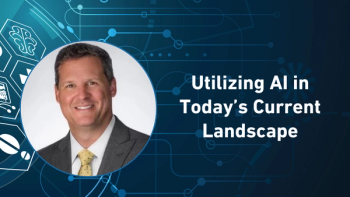
In the third part of his Pharma Commerce video interview, Mark Sawicki, PhD, Cryoport Systems’ president and CEO, describes to what extent he believes artificial intelligence should be used at this particular point in time.

Ways to address limitations while also enhancing the decision-making process.

Approaches powered by RWD can clear the way for a greater focus on patient-centered care.
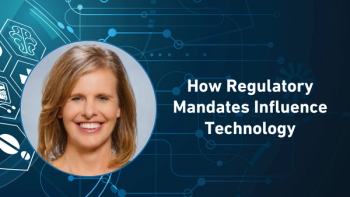
In the third part of her Pharma Commerce video interview, Kirsten Newquist, Identiv’s CEO, shares the ways in which regulations, including DSCSA, are impacting the adoption of smarter packaging technologies across the industry.
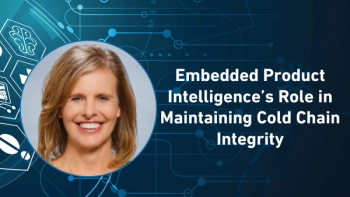
In the second part of her Pharma Commerce video interview, Kirsten Newquist, Identiv’s CEO, describes why this technology is essential for pharmaceutical safety and efficacy.

In the first part of her Pharma Commerce video interview, Kirsten Newquist, Identiv’s CEO, defines the term, and explains how it is helping to combat the growing threat of counterfeit drugs in today’s global supply chain.
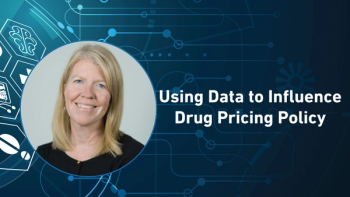
In the final part of her Pharma Commerce video interview, Maggie McCullough, PolicyMap’s CEO, illustrates how data-driven insights can support PBMs and healthcare leaders in negotiating fairer drug prices?

A systematic review determines if adult patients with language barriers are less likely to use the video-based virtual care option, while exploring equity and accessibility gaps when it comes to telehealth.
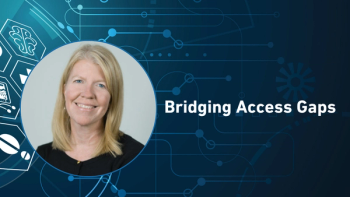
In the third part of her Pharma Commerce video interview, Maggie McCullough, PolicyMap’s CEO, comments on how mobile and digital solutions can be deployed effectively to close the gap in areas identified as pharmacy deserts.

In order to succeed in today’s outcomes-driven healthcare landscape, pharmaceutical companies must move from traditional sales models to strategic, measurable partnerships with integrated delivery networks (IDNs).

In the second part of her Pharma Commerce video interview, Maggie McCullough, PolicyMap’s CEO, details what the company’s data reveals about the relationship between pharmacy access and broader health disparities in underserved communities.
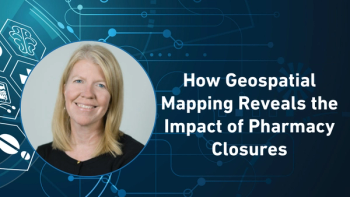
In the first part of her Pharma Commerce video interview, Maggie McCullough, PolicyMap’s CEO, explains how geospatial mapping can help identify and address emerging pharmacy deserts across the United States.

Potential import taxes on pharma goods entering the United States continue to have effects on the industry in more ways than one.

In the final part of his Pharma Commerce video interview, Scott Tillman, Logility’s senior vice president of innovation, discusses how uncertainty can help reshape the way organizations prioritize supply chain investments.
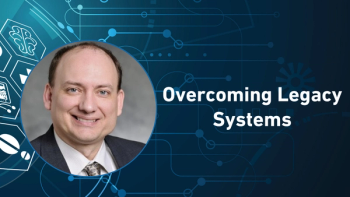
In the fourth part of his Pharma Commerce video interview, Scott Tillman, Logility’s senior vice president of innovation, explains how migrating to cloud-based systems can help overcome this challenge.

In the third part of his Pharma Commerce video interview, Scott Tillman, Logility’s senior vice president of innovation, comments on the role of automation and GenAI evolving in workforce development.
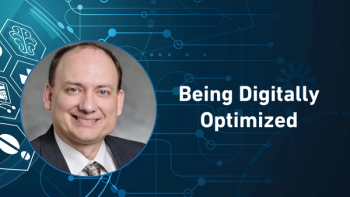
In the second part of his Pharma Commerce video interview, Scott Tillman, Logility’s senior vice president of innovation, discusses the common misconceptions supply chain leaders might have around the term, and why the processes around optimization need to change.
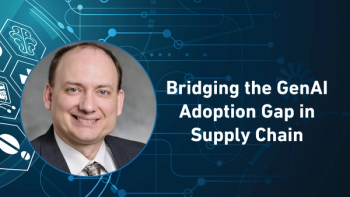
In the first part of his Pharma Commerce video interview, Scott Tillman, Logility’s senior vice president of innovation, describes the disparity in organizations utilizing supply-chain specific applications.

This serialization system represents a business imperative that yields significant competitive advantages.

As this medical approach continues to become more widely adopted, the industry must adapt to help provide precise, compliant, temperature-controlled delivery of highly individualized treatments.

Addressing drug shortages requires the industry to embrace innovative advanced manufacturing processes underpinned by real-time data.

In the third part of his Pharma Commerce video interview, Kevin Dondarski, Deloitte’s life sciences R&D strategy leader, dives into the barriers limiting AI and automation’s widespread adoption in R&D.

Ruth Beadle, head, global supply chain, Sanofi, discusses the company’s multi-year effort to build an AI-powered, end-to-end supply chain focused on improving service, resilience, and cost efficiency.
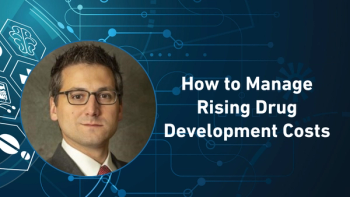
In the second part of his Pharma Commerce video interview, Kevin Dondarski, Deloitte’s life sciences R&D strategy leader, outlines strategies that companies can adopt to help mitigate these increasing costs.



